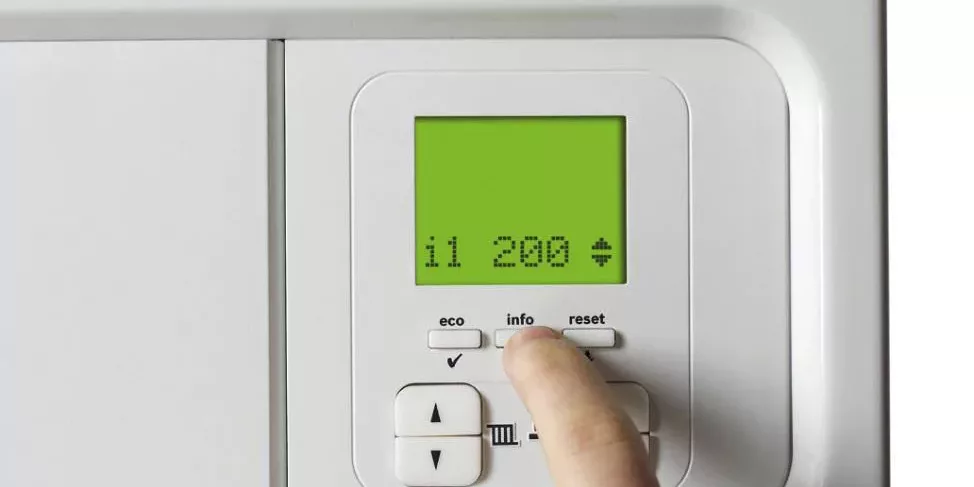In the UK Governments bid to tackle the huge increases in the cost of fuel. One of their recommendations is to adjust your boiler’s flow temperature.
By doing so, the government boffins estimate that you could save around £100 per year when turned down to 60c
So how much money does it actually save?
Reducing your boiler’s temperature can certainly save on gas consumption, which means less money spent on heating.
A study in a typical UK home at the University of Salford showed that using a slightly cooler setting on your boiler (like going from 70°C to 60°C) could mean using 7% to 19% less gas.
But there’s a catch: your house might take a bit longer to warm up, and it might not get quite as toasty as you’re used to. The exact best setting can depend on many things: how warm you like to be, your home’s size, and how well it keeps heat in. So, it’s all about finding that sweet spot where your home is comfy, and you’re still saving money.
A Closer Look at How the Boiler Study Was Done
Salford University created a replica house that can mimic lots of weather conditions, called the Energy House (of course!). It’s built like an old Victorian house and can be fiddled with to try out different insulation and heating scenarios.
Nesta, a global innovation foundation, commissioned the study to dig deep into how adjusting boiler temperatures might change gas use.
They measured a bunch of stuff like gas and electricity usage, boiler output, and how warm the rooms were, often checking every minute! They also tweaked the Energy House to mirror the average English home, where many walls aren’t insulated and only about half have decent loft insulation.
The home’s heating setup was modelled on a common type of boiler system found in many UK houses from a particular era. And they didn’t just set it and forget it; they ensured the boiler, the radiators, and other parts were set up and balanced just right for accurate, trustworthy results.
The controls used in the study were also representative of what’s common in many UK homes to make the findings super relevant to the average Joe. Thus, by changing boiler settings and watching what happened, they learned how little tweaks might save gas (and cash!) for lots of folks.
Do you need to turn the flow rate down if you have smart controls?
This really depends on the type of smart controls you have. It’s best to check with the manufacturer and the type of boiler you have.
As an example, Worcester Bosch uses the Wave smart controls to help optimise your boiler’s efficiency. The manufacturer claims that the technology learns and adapts to the homeowner’s behaviour and can achieve an A+ErP efficiency rating for heating when combined with a Greenstar combi boiler
Find out more about the Worcester Wave here
Some boilers have an Eco mode or button – what’s that for?
This allows you to switch off the preheat mode for hot water,
Most boilers keep the hot water heated so you won’t have to wait too long when running the tap, but modern boilers allow you to switch this feature off, saving you a few quid.
How to turn the flow rate down on a Worcester Boiler
They are factory-set to operate at a flow temperature of 70 °C and a return temperature of 60 °C for central heating.
Adjust the settings to match specific needs, including adjusting the flow temperature to around 55 °C to 60 °C to reduce gas bills and setting the hot water temperature to around 60 °C to 55 °C
Check out Worcester’s video to help with your settings.
How to turn the flow rate down on an ideal Boiler
The factory settings for Ideal combi boilers are 80 °C and Ideal recommends that 60 °C may not be hot enough to heat your house. The manufacturer explain that the optimal flow rate temperature is 70 °C.
Resources
https://media.nesta.org.uk/documents/UoS_Nesta_Energy_House_Initial_Report_-_FINAL_2022-10-08.pdf

